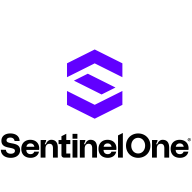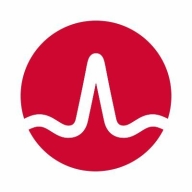


Symantec Cloud Workload Protection and Skyhawk Security compete in the security solutions category. Skyhawk Security seems to have the upper hand due to its comprehensive feature set, which many users see as justifying its cost.
Features: Symantec Cloud Workload Protection is known for seamless integration into existing cloud environments, robust protection, and extensive compliance reporting. Skyhawk Security is recognized for its advanced threat detection algorithms, proactive vulnerability identification, and intelligent threat insights.
Room for Improvement: Symantec could enhance threat intelligence capabilities, focus on simplifying the configuration process, and improve its overall intelligence features. Skyhawk needs to streamline its configuration process, simplify setup steps, and reduce the complexity of initial deployment.
Ease of Deployment and Customer Service: Symantec Cloud Workload Protection offers straightforward deployment processes and responsive customer support, making implementation manageable for users. Skyhawk Security, despite an initially steeper deployment curve, excels in customer collaboration throughout the deployment phase.
Pricing and ROI: Symantec Cloud Workload Protection is favored for its cost-effectiveness and favorable returns on investment due to its pricing structure and operational efficiency. Skyhawk Security, though more expensive, provides substantial ROI through its advanced feature set despite higher upfront costs.



SentinelOne Singularity Cloud Security offers a streamlined approach to cloud security with intuitive operation and strong integration capabilities for heightened threat detection and remediation efficiency.
Singularity Cloud Security stands out for its real-time detection and response, effectively minimizing detection and remediation timelines. Its automated remediation integrates smoothly with third-party tools enhancing operational efficiency. The comprehensive console ensures visibility and support for forensic investigations. Seamless platform integration and robust support for innovation are notable advantages. Areas for development include improved search functionality, affordability, better firewall capabilities for remote users, stable agents, comprehensive reporting, and efficient third-party integrations. Clarity in the interface, responsive support, and real-time alerting need enhancement, with a call for more automation and customization. Better scalability and cost-effective integration without compromising capabilities are desired.
What are SentinelOne Singularity Cloud Security's standout features?SentinelOne Singularity Cloud Security is deployed in industries needing robust cloud security posture management, endpoint protection, and threat hunting. Utilized frequently across AWS and Azure, it assists in monitoring, threat detection, and maintaining compliance in diverse environments while providing real-time alerts and recommendations for proactive threat management.
Migrating workloads to the public cloud creates new threat surfaces which can be exploited by attackers and lead to theft of your customers' data.
Skyhawk Security provides comprehensive protection for applications hosted on public clouds with multi-layer defenses which secure the cloud environment against identity and access abuse, protect against malicious user behavior, and secure the overall security posture of the public cloud environment.
Symantec Cloud Workload Protection automates security for public cloud workloads, enabling business agility, risk reduction, and cost savings for organizations, while easing DevOps and administrative burdens. Rapid discovery, visibility, and elastic protection of AWS and Azure workloads enable automated security policy enforcement to protect applications from unknown exploits.
We monitor all Cloud Workload Protection Platforms (CWPP) reviews to prevent fraudulent reviews and keep review quality high. We do not post reviews by company employees or direct competitors. We validate each review for authenticity via cross-reference with LinkedIn, and personal follow-up with the reviewer when necessary.